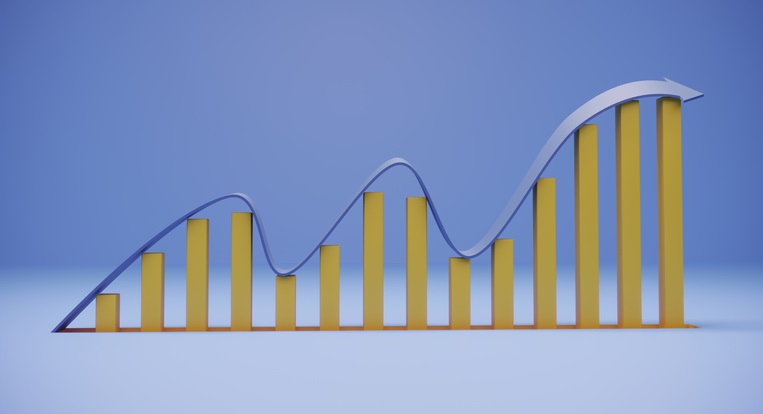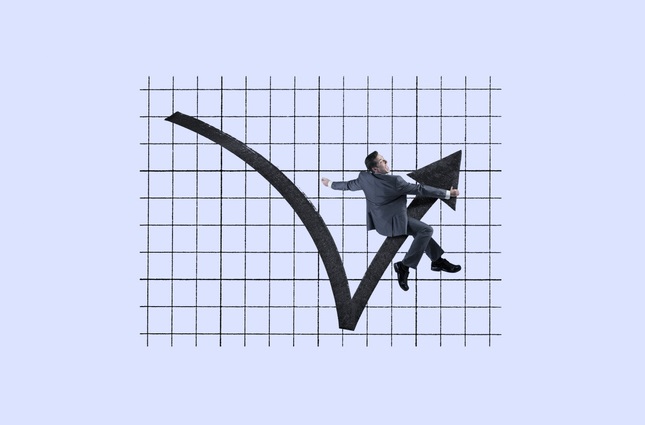Market volatility was on the rise during the US session after the United States posted better than expected data and ECB president Lagarde came out on the wires talking up a rate hike.
Stock came under pressure, with the major US averages falling by around 1 percent respectively as better than expected manufacturing data boosted the chances of more Fed rate hikes.
The S&P Global US Composite PMI rose to 50.2 in February 2023, up sharply from 46.8 in the previous month and easily beating market expectations of 47.5, a preliminary estimate showed.
The latest reading was the highest for eight months and signaled broadly unchanged output on the month across the private sector, helped by a marginal increase in service sector output and a slower decline in manufacturing production.
New orders continued to contract, although the rate of decline eased to the slowest since last October, with new export sales decreasing at the joint-softest rate since last May.
Meanwhile, the rate of job creation accelerated to the fastest since September, while backlogs of work fell the least for five months. This is important as the Fed watches employment closely.
On the price front, input cost inflation was the second slowest since October 2020, while output charges rose the most since last October as firms passed through hikes in costs to their clients. Finally, business confidence was the strongest since last May.
ECB President Lagarde was also out on the wires as she noted that “Inflation has begun to slow” and she said that “I don’t see a wage price spiral in the eurozone.” The euro currency remained unchanged on her remarks.
Large also repeated that she intends to hike rates by 50 basis points in March. The market is full priced for at least 50 basis points on March 16 but there’s a 35% chance they go to 75 basis points.




